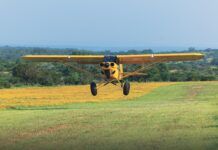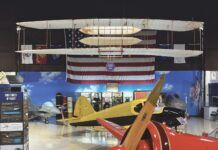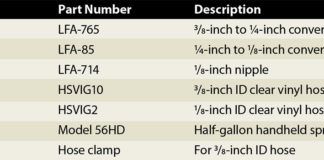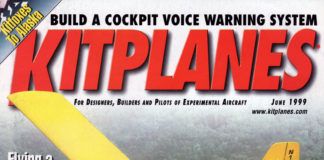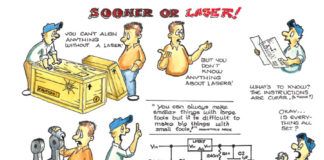It turns out that next week I am going to do some flying with an old friend in his old Twin Comanche. No, it’s not an experimental, but is is still a bit challenging in its own way. We’re going to do some IFR currency stuff (everyone can use an IPC now and again), and when I asked him what he had for avionics, he said “A 430W and a six pack.”
“HSI?” I asked… hopefully…
“Nope – old school, we’ll do it the way you used to!”
Hmmm… this should be challenging. Of all the airplanes I regularly fly these days, exactly NONE of them have a six pack – they are all EFIS-equipped. Sure, on two of them, I can get the EFIS to show a six pack – but not with a simple old separate VOR/LOC/GS needles display. Old school – no help at orientation, and he’ll probably want me to do things without a moving map on my iPad in my lap. Sure, we used to fly this way all the time – I remember doing IFR in my old 160 HP Grumman Yankee with one VOR receiver and no autopilot. I remember it – I didn’t necessarily like it! So this would be a fun and challenging throwback to someone who flies Technically Advanced Aircraft as a matter of course, and its bound to wake up a few brain cells.
So the question was – how to brush up a little before embarrassing myself in front of my friend. Oh yeah – I used to spend LOTS of time with Microsoft Flight Simulator doing this exact thing. Practicing without burning any Avgas. Very efficient, very quick turn-around on approaches – just hit the reset button. But let’s face it – Microsoft left Flight Sim behind a long time ago, and I haven’t had it loaded on a laptop for several different versions of Windows. And who has time to learn one of those fancy newfangled things while there are real airplanes to be worked on and flown?! Ah, I wonder if that old hangar desk laptop might be just ancient enough… Sure enough – I blew the cobwebs, aluminum shavings, and fiberglass dust off the old Toshiba, plugged in a power supply, and let it boot. First good sign – an OLD version of Windows. Second good sign – Flight Sim was there. Third good sign… it runs!
So now I’ve shot a dozen approaches we might end up using next week, and familiarized myself with the area. No, its not like flying one of my fast experimentals – but it sure is cheap, and no one knows how many times I had to “reorient” myself before the skills came back. It’s one good reason to be a packrat, and never get rid of those old computers.

